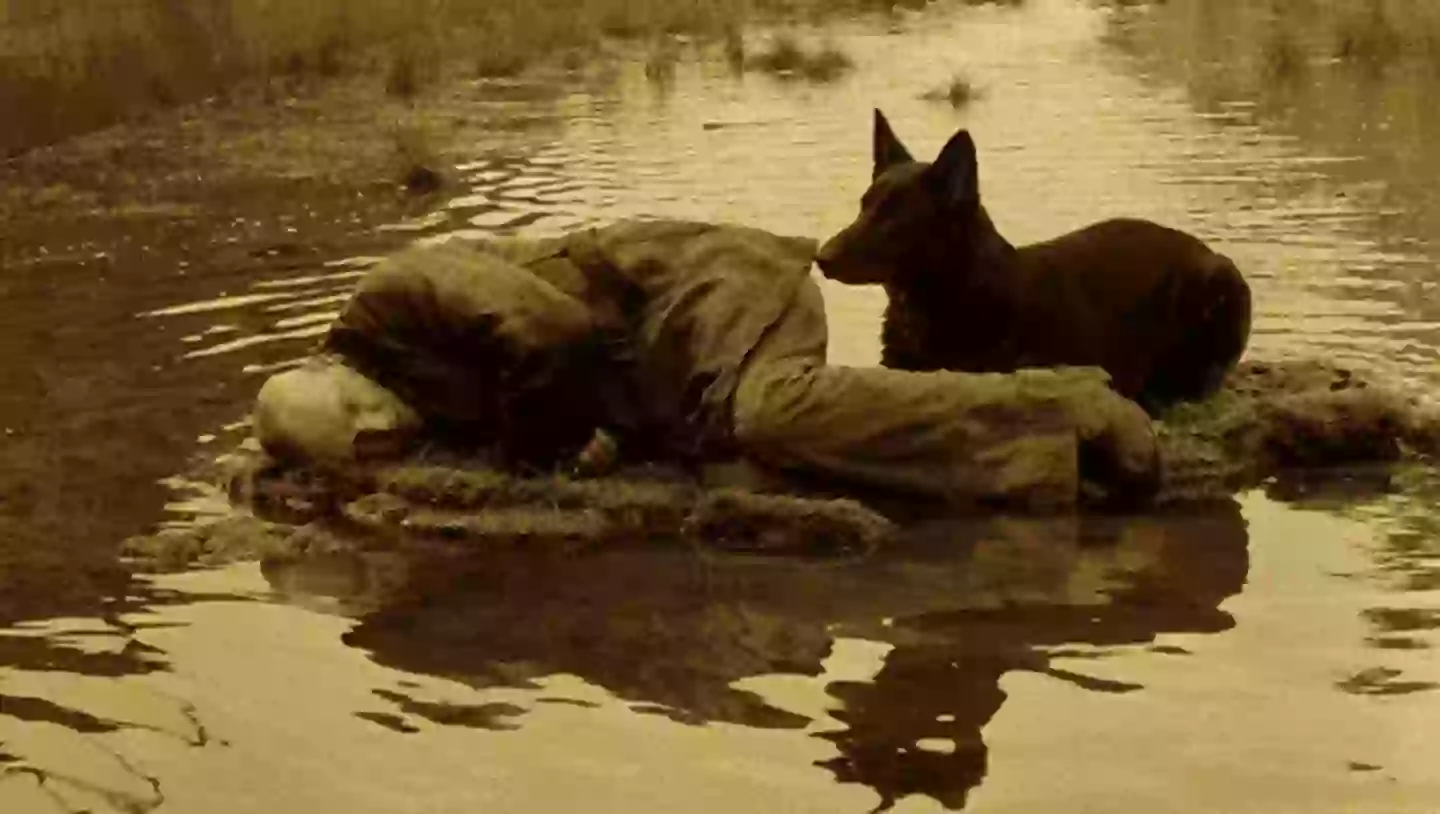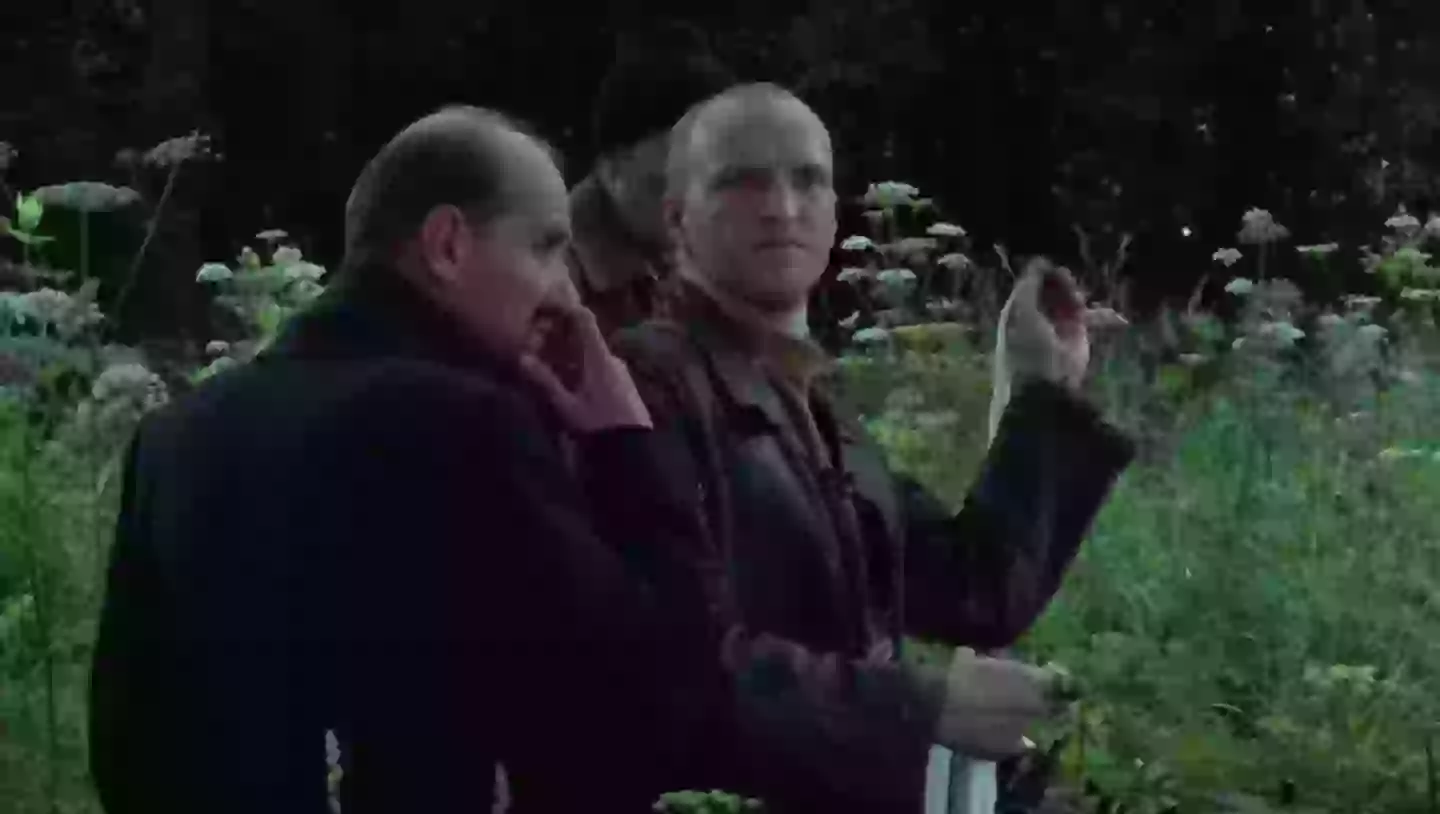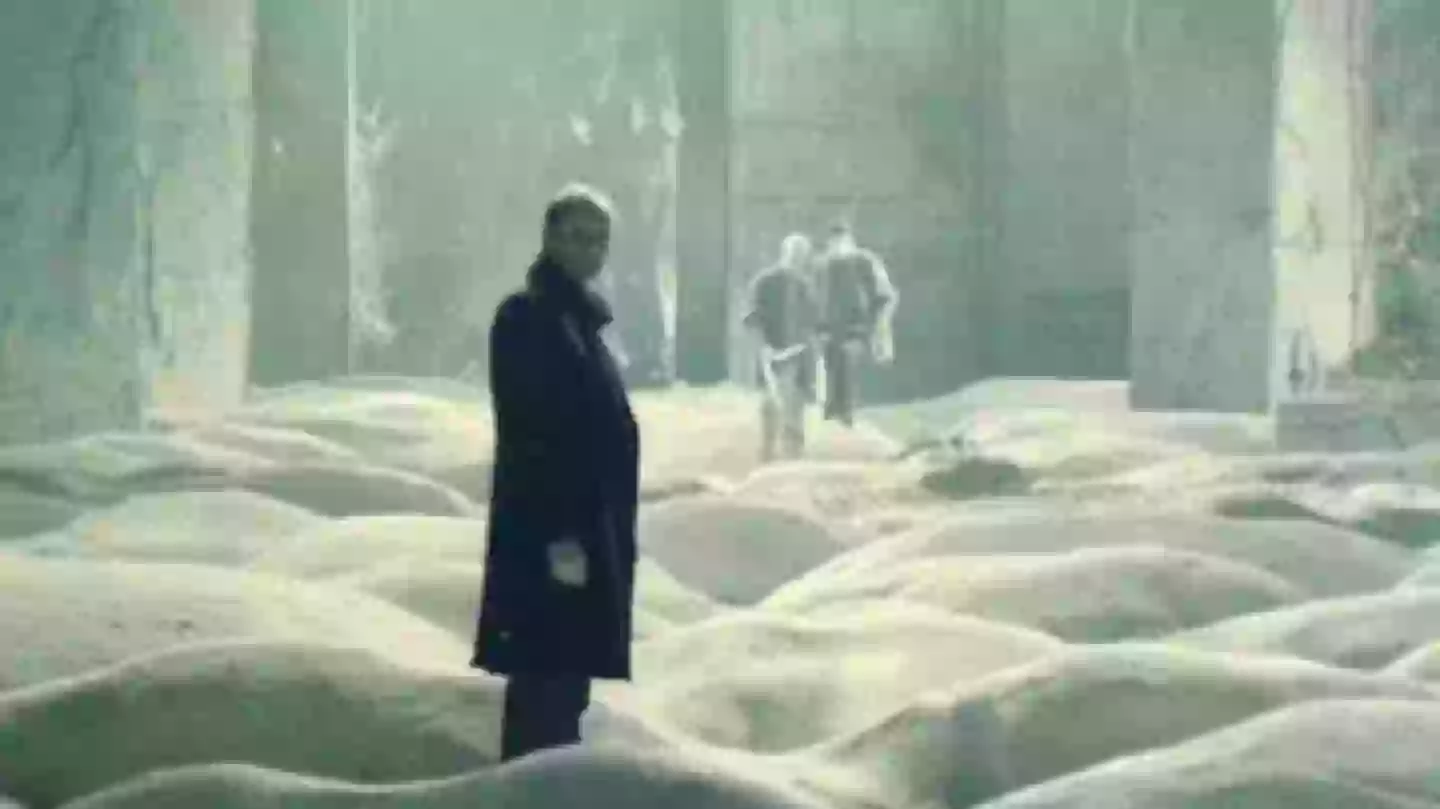A film described as both ‘uncanny’ and containing some of the ‘most gripping and visionary moments’ in cinema holds a perfect 100 percent rating on Rotten Tomatoes. However, it is believed to have been connected to the deaths of three individuals involved in its production.
Andrei Tarkovsky, a celebrated Soviet film director and screenwriter, is revered by many as one of the greats of the silver screen.
The graduate of the All-Union State Institute of Cinematography crafted seven films before his passing in 1986, including Ivan’s Childhood, Andrei Rublev from 1966, and the adaptation of Stanislaw Lem’s Solaris.
Yet, it is his 1979 film, Stalker, that followers suspect contributed to the artist’s death, along with two others linked to its creation.
Stalker is set in a dystopian world, where the main character, portrayed by the late Alexander Kaidanovsky, leads individuals through a perilous ‘Zone’ that has become uninhabitable.
This restricted area is rumored to contain a room that fulfills a person’s deepest wishes.
Tarkovsky reportedly selected an industrial section of Estonia as the backdrop for this film.
“The opening is one of the most gripping and visionary moments I have ever seen in the cinema,” one Rotten Tomatoes critic observed.
Another commented: “No one tops Tarkovsky’s ability for immersion, and the metaphysical enigma of Stalker is one of cinema’s most impressive achievements.”
Another review reads: “An uncanny cinematic landscape to explore, investigate, and reflect upon, Stalker is an immersive and unwavering search for meaning in terms of what appears onscreen and how audiences have responded since its release in 1979.”
Seven years following the release of this iconic film, loosely inspired by Arkady and Boris Strugatsky’s novel Roadside Picnic, Tarkovsky succumbed to lung cancer.

Sound recordist Vladimir Sharun later expressed his belief that the deaths of Tarkovsky, his wife Larissa, and actor Anatoly Solonitsyn, who played ‘the Writer’, were connected to the toxic conditions they encountered during production.
In 2001, he remarked: “We were shooting near Tallinn in the area around the small river Jägala with a half-functioning hydroelectric station. Up the river was a chemical plant and it poured out poisonous liquids downstream.
“There is even this shot in Stalker: snow falling in the summer and white foam floating down the river. In fact, it was some horrible poison.”
He continued: “Many women in our crew got allergic reactions on their faces. Tarkovsky died from cancer of the right bronchial tube. And Tolya Solonitsyn too.
“That it was all connected to the location shooting for Stalker became clear to me when Larisa Tarkovskaya died from the same illness in Paris.”
It is important to note that the theory regarding the deaths being linked to the contaminated river is solely Sharun’s speculation.

No definitive connection has been confirmed between the deaths and the severe conditions experienced during the film’s production.
Stalker has since been recognized as a significant work in Soviet cinema and is frequently listed among the greatest films ever made.
Whether or not the film contributed to the deaths, it prompts intriguing questions about the lengths people will go to in pursuit of their art.
Stalker, which currently boasts a 100 percent rating on Rotten Tomatoes and an average 4.4-star score on Letterboxd, can be rented on Apple TV+ and Amazon Prime Video.

